About Me
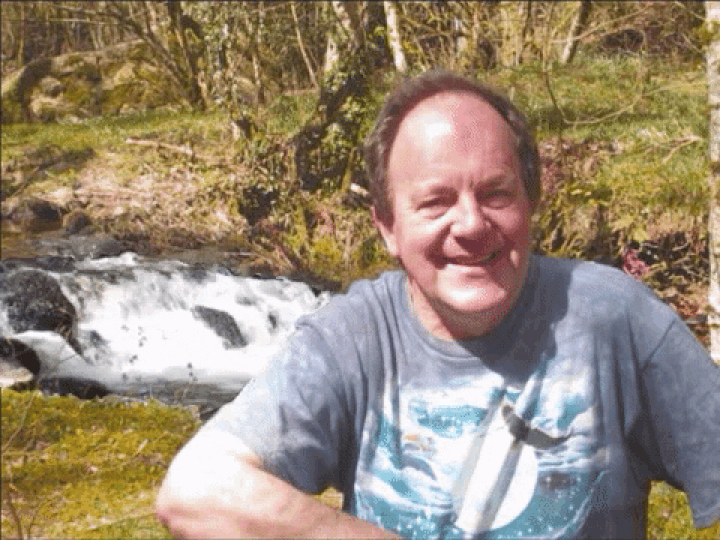
Synopsis; PhD in AI; FCybS CEng EurIng; former University researcher and PhD research supervisor, now independent; 30 peer-reviewed published scientific papers, including paper on Special Relativity and Invited Paper on General Relativity (Gravitation) detailing radically new perspectives on SR & GR; Key role in €12-million pan-European R&D project on development of 3G cellphone technology; author of a number of scientific texts, including work on the emerging field of Consciousness Science. Personal notes: Married; 3 adult children; keen on watersports – sailed across the world’s busiest sea route (The English Channel) in a 7-metre yacht in a Force 8 gale at night (electrics failed en route!); appeared in a Spielberg blockbuster movie; keen on cycling and walking on Dartmoor, my home of over 40 years; also enjoy tutoring, to Oxford & Cambridge university entrance level.
Perhaps the most significant thing there is to be known about me is that I have spent more than forty years now living in the wilds of a National Park in the far SouthWest of England, a very special region that’s known across the world for its own unique take on the glories of the natural environment.
Over 300 million years natural forces have created a landscape that’s both uncompromisingly rugged and at the same time gently beautiful, playing host to an abundance of flora and fauna unique (or almost so, in some cases) to this region. It would surely be impossible to live for even just a year in this unique environment and not get a real sense of the interworking of time, space, energy and life-force to create this amazing realm we casually refer to as ‘spacetime’.


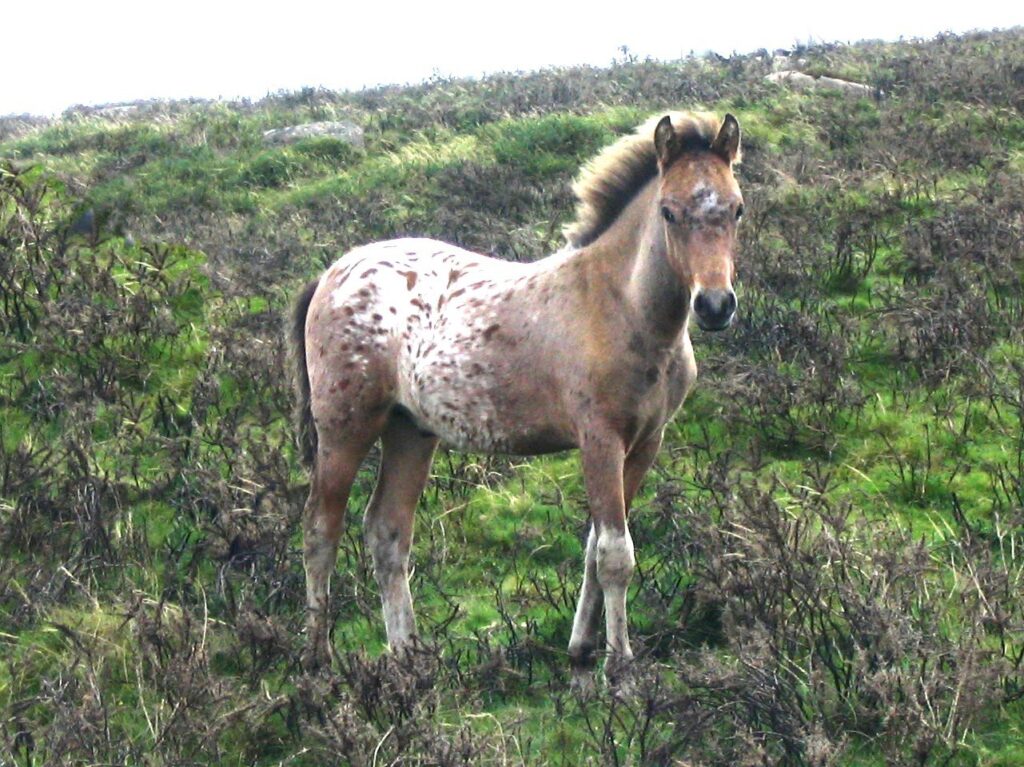
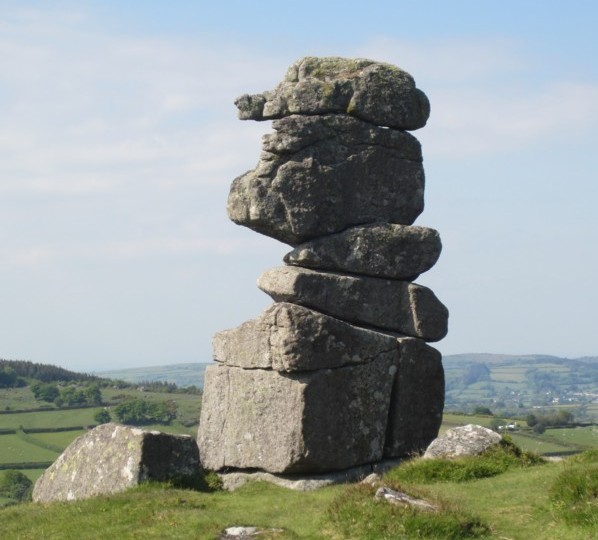
This brings us neatly to the later aspects of my research, discoveries that have kept me fascinated for the past 25 years and don’t look set to become any less exciting any time in the near future. It’s become clear that light, in all its manifestations, holds the key to every aspect of the physical universe. More than this, it holds the answers to a number of questions that have been left hanging for over a century. Crucially, it holds the answer to a question that’s been hanging since almost forever: the question of time itself.
Put very simply, light is time – or, to put it more precisely, the flow of light is the flow of time. This insight, which became crystal clear to me by analogy with the crystal streams in a Dartmoor glade, has guided my ‘unwrapping’ of deeper truths relating to the underlying principles of our material reality.

Over those forty-plus years, whether sitting on a rocky outcrop, relaxing beside a stream, wandering through woodlands or just walking the high moor, I’ve been aware of the voice of Nature speaking to me, at times almost literally. For many of those years, when that voice was particularly focused on specific aspects of our reality, I would carry a pen and a bunch of blank card-index cards with me so none of this nature-wisdom was lost. Who knew that one could learn so much about the true nature of time from a half-hidden woodland stream, or that a bank of snowdrops could teach one so much about mastering the forces of nature by working with those forces? Who could imagine that a little time spent in meditation on a patch of soft grass, with the buzzards wheeling and calling overhead, could bring insights into the nature of the realms between the stars – and even a call to delve more deeply into the potential for mankind to explore those realms in person, in due course?

Probably the next most significant thing to know about me is that in various ways I’m what’s generally known as an Academic. Over these past four decades I’ve been involved in: managing a university degree programme; lecturing to degree students and supervising postgraduate students to PhD level; conducting personal research, both within the university environment and independently; publishing a substantial number of peer-reviewed papers on that research and presenting my findings at international conferences and other venues; authoring scientific texts.
My early years of research led to a PhD in Artificial Intelligence, also to academic recognition as a Fellow of the Cybernetics Society and professional recognition as a Chartered Engineer and EurIng (Chartered European Engineer – widely regarded in Europe as the professional equivalent of a PhD).
With these credentials and an active interest in computer communications (a significant aspect of my PhD research), I was asked by my university’s Head of Research to lead the team based at Plymouth Uni engaged in development of a key aspect of the next generation of wireless telecommunications – what came to be known as 3G. Working with other team leaders from universities and major telecomms organisations across Europe in this 12-million Euro EU project, I learned a lot about radiocommunications very quickly. Before long I was making a keynote presentation at an international conference for leaders of all EU telecomms projects on the shores of Lake Como in Italy; soon after this I was making another keynote presentation, this time at AT&T Bell Labs, New Jersey, to representatives of the TINA-C consortium of all the world’s leading telecomms operators.
Of course radiocommunications = radio waves = one part of the electromagnetic spectrum that includes light, as well as microwaves, X-rays, gamma rays and the rest. The more I learned about the physics and technology behind cellphones (and all that came after them: smart phones, wifi etc), the more it became clear that the central feature of this technology (and indeed of our own eyesight), electromagnetic radiation, is an enigma that begs quite a few searching questions. Not putting too fine a point on it, light, radio waves etc behave in a number of ways that can’t be expained by any known physics.
Recognition of time as a manifestation of light goes hand-in-hand with the realisation that matter is likewise a manifestation of light-flow. This should come as no surprise when one considers: (a) Einstein’s revelation that matter and energy are intimately related, E=mc2; (b) the universally-recognised fact that matter and light-energy are interchangeable: photons of light are constantly being absorbed and emitted by matter – matter turning into light and vice versa – leading to Einstein’s observation that “light transfers mass” (potentially over millions of light years); (c) in 1997 researchers at Stanford University actually converted photons of light from a high-energy laser directly into matter-antimatter particle pairs.
These two foundational concepts, underpinned by extensive study of over a century of research findings (most by scientists who are now household names and/or Nobel laureates) provide a very firm basis for a Theory of almost Everything. [Note that a Theory of Everything is not a possibility, since anything must necessarily be explained in terms of other things – which will then themselves need explaining …] In particular, Special Relativity, the probabilistic nature of Quantum Mechanics and the two linked phenomena of Inertial and Gravitational Mass all drop out very neatly as direct consequences of the light-based nature of both time and matter.
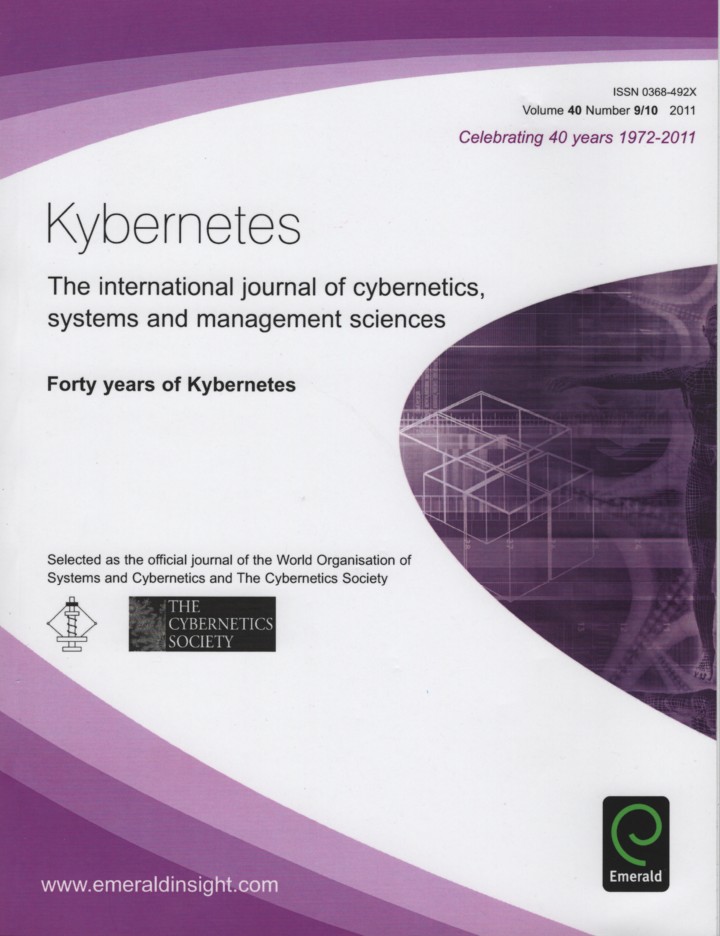
Don’t just take my word for this. My findings on both Special Relativity and Gravity have been tested in the fire of academic peer review and not found wanting. Having published the first of these two papers, on Special Relativity, in the journal Kybernetes (journal of The World Organisation of Systems and Cybernetics), Editor-In-Chief Professor Brian Rudall chose to invite me to publish a second paper in their 40th anniversary issue, stating “We have been looking for a special paper to show the extent of our commitment to publish a wide range of topics in our journal”. Writing to me in his subsequent role as Director and Head of The Norbert Wiener Institute of Systems and Cybernetics, Professor Rudall observed: “May I again thank you for the support you gave the journal whilst I was its Editor-in-Chief; your papers were always well received”.
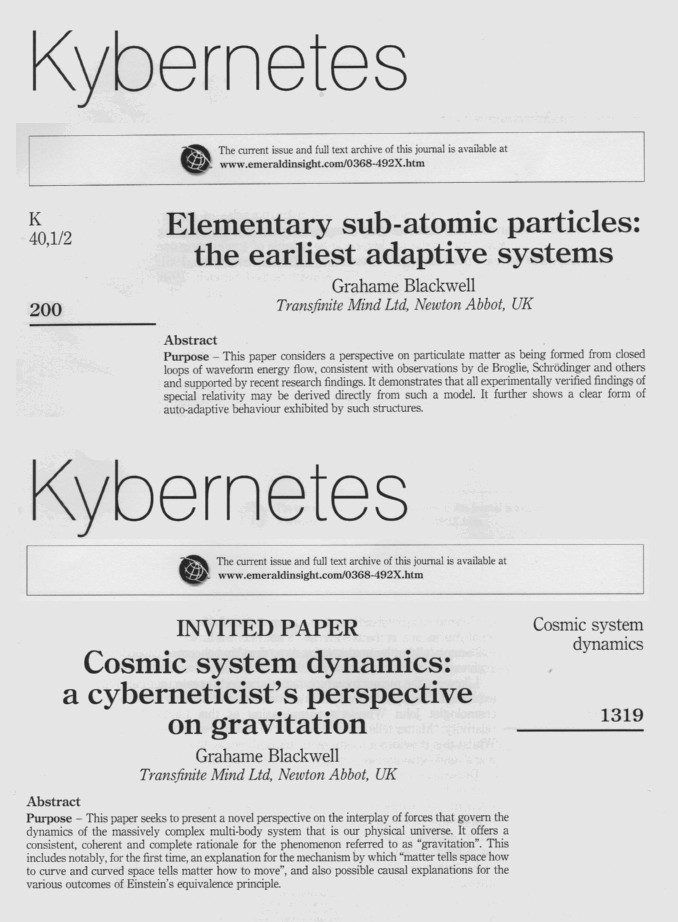
As my research has progressed it has become increasingly apparent that various physical phenomena are only comprehensible in terms of some overarching non-physical causative factor: that factor is consciousness. This realisation puts me in very good company: Max Planck, the originator of Quantum Theory, stated unequivocally that “I regard consciousness as fundamental. I regard matter as derivative from consciousness. We cannot get behind consciousness. Everything that we talk about, everything that we regard as existing, postulates consciousness.” Erwin Schrödinger, the genius who gave us the Quantum Wave Equation, noted that “… consciousness is singular, all happenings are played out in one universal consciousness”. Wolfgang Pauli, another founding father of today’s Quantum Mechanics and a firm believer in non-physical causal influences on physical events, stated: “It would be most satisfactory if physics and psyche could be seen as complementary aspects of the same reality”.
And so my focus now is on integrating consciousness as a proper and vital aspect of scientific study, essential if we are to move forward in our understanding of the universe we live in. There’s nothing ‘woo-woo’ about consciousness, any more than there is about invisible waves that can carry sound and moving images of what’s going on here up into space and back down on the other side of the world, in seconds: even talk of such witchcraft could have got one burned at the stake a few hundred years ago! Science is ‘knowing’ (from the Latin: sciens) and to wilfully shy away from, or even deride, seeking to know more about the whole realm of our existence seems to me to be patently anti-scientific – a point on which it appears key players in developing our present scientific understanding would wholly agree.
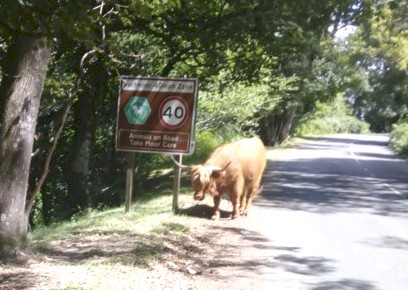
With that in mind I continue to observe, listen and take notes. Every day brings new insights, not least on that all-pervasive life-force which suffuses our cosmos at every level, from a single subatomic particle to a human or other creature to a star to a cluster of galaxies. To those who propose that we’re close to understanding the basic principles of the physics of our material realm (that ‘Theory of Everything’ again) I’d say we’ve hardly scratched the surface. It’s time now to observe and listen to that material realm with a proper degree of humility (I rarely hug trees but I frequently listen to them) and learn what Nature has to teach us if we’re truly ready and willing to learn.
